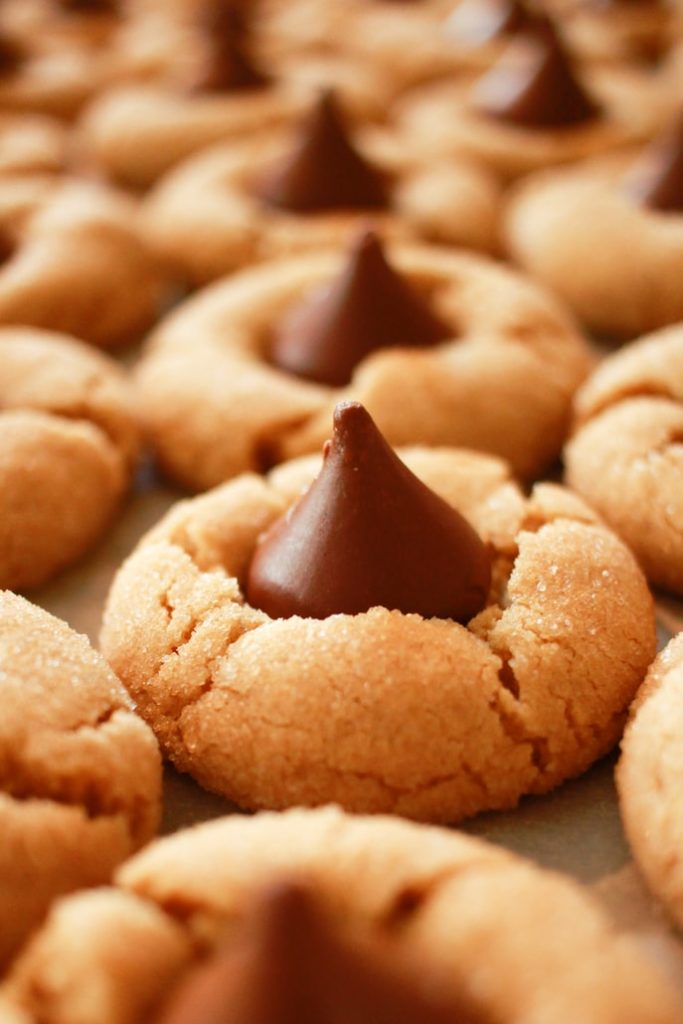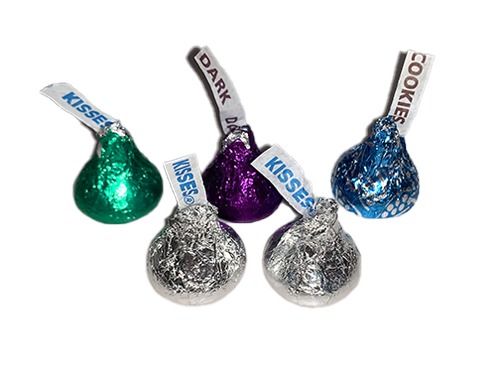Out of all the chocolate candies in the industry, Hershey’s Kisses has arguably one of the most intriguing package designs of all. This mouth-watering goodness of a chocolate is wrapped in colorful foils topped with a “flag” on each of them.
According to Hershey’s Kisses, some of the brand’s earliest developments came in the field of packaging and product design, which gave them an edge and position from its multiple competitors. This only goes to show that their famous foil and flag packaging has helped them bolster their brand image to the general public.
Now, you may be wondering what is the story behind the Hershey’s Kisses and the legendary flag it comes with each chocolate candy. Well, you are in for a treat!
In this article, we will take a plunge into the sweet history of the packaging of Hershey’s Kisses. Meanwhile, you can also find out how Beanie Babies business grew fast here.
The small beginnings of Hershey’s Kisses
Hershey Company started developing Hershey’s Kisses back in 1907. The bite-sized chocolate candies have a unique conical shape, often dubbed as a “flat-bottomed teardrop.” Wrapped in lightweight and colored aluminum foils, a piece of chocolate candy comes with a narrow strip of paper called plume.
From this year until 1921, Kisses chocolates were foil-wrapped by hand. In the next few years, with the rise of its popularity comes an increasing and overwhelming demand. Therefore, the Hershey Company decided to machine-wrap all Kisses chocolates and the printed paper plume on each of them.
Later in 1942, the production of Kisses chocolate was briefly halted due to the rationing of aluminum foil. Therefore, the machines were recalibrated to develop military chocolate D for the soldiers in World War II. Historians believe that these chocolate D rations have two purposes: as an energy-boosting, bite-sized emergency ration and a morale boost. The ingredients contain 600 calories all in all. And when World War II ended, the Hershey Company had developed more than 3 billion chocolate D rations.
History of wrappers and their varieties
The original silver-colored foil wrapper continued from its inception until 1962, when Hershey company changed its wrappers to accommodate seasonal changes. The company was among the first to do that. That was the time Kisses chocolates were available in a variety of colors: green, red, and silver-wrapped chocolate candies were produced for the Christmas season. This campaign idea was spearheaded by John Figi, the owner of Figi’s “Gifts in Good Taste,” a mail-order food gifts company.
In 1968, pastel pink, blue, and green wrappers were produced in celebration of Easter, and in 1968, red and silver foil wraps made its way back to the marketplace again in celebration of Valentine’s Day. X and O prints have also appeared on pink and red wrappers to celebrate Heart’s Day.
“Fall Harvest” colors made waves in 1991, while Independence Day has silver with blue stars and red stripes as wrappers to mimic the American flag. Pink wrappers with ribbons were also produced to commemorate breast cancer awareness. For the next few years, Kisses chocolate remained steadfast in the chocolate industry for being relevant and engaging all year-round. They make it easy to market themselves in every special time of the year.
The plume
Printed on a parchment paper strip, the plume is the most significant trademark of Hershey’s Kisses. The paper plume is considered as the brand flag waving on the top of a Kisses chocolate candy. From 1907 to 1921, it was just a tissue paper identification tag. Back in the day, plumes were referred to as identification tags because they resemble mini flags.
The original paper plumes had “Hershey’s” printed on them so that customers will easily distinguish Hershey chocolate quality from the competitors. Later in the 1920s, “Kisses” was printed to the plumes. In 1994, the word “Kisses” was retained on the paper plumes to give it a more distinct brand character and image in the chocolate industry.
Only Hershey Company can use the brand flag, foil wrapper, and the classic teardrop shape. When the new packaging developments added the “Hershey’s” paper plume on the top of the foil wrapper and have been proven to be very distinctive in the marketplace, the Hershey Chocolate Company filed for trademark protection, and the trademark was successfully received in 1924.
Hershey’s Kisses in the present day
For a chocolate candy that was once packed and wrapped by hand, now they are producing 70 million daily today. Hershey’s Kisses stands still as one of the most popular brands of chocolate candies in the United States. In 1989, the chocolate was the 5th most popular chocolate brand in the US, garnering sales around $400 million. Today, Hershey’s Kisses are made out of Hershey’s original milk chocolate formula.
Back in 2005, Hershey Company attempted to add a twist to the Kisses chocolate and introduced Hershey’s Kissables, a smaller candy-coated version of Kisses chocolates. The production was discontinued four years later.
Varieties of Kisses chocolate
The Kisses chocolate was originally made of strictly milk chocolate. Now, there are a variety of Kisses chocolates available in the market. In addition to the standard milk chocolate, they now have varieties including Special Dark, caramel-filled, white chocolate, and hazelnut.
Conclusion
From the product development, packaging implementation, and a non-stop tradition of chocolate candy innovation, the history of Kisses chocolate is still in the works. The brand has achieved great heights and will continue to achieve more in the years to come. With its foil and flag trademark, the brand will certainly never waver in the marketplace. Also, if you want to learn the interesting history of Ben & Jerry’s, click the given link.



